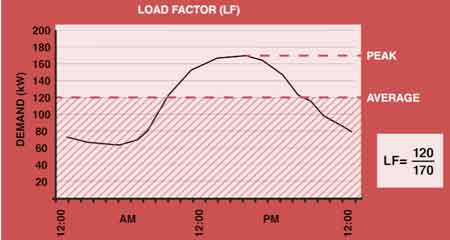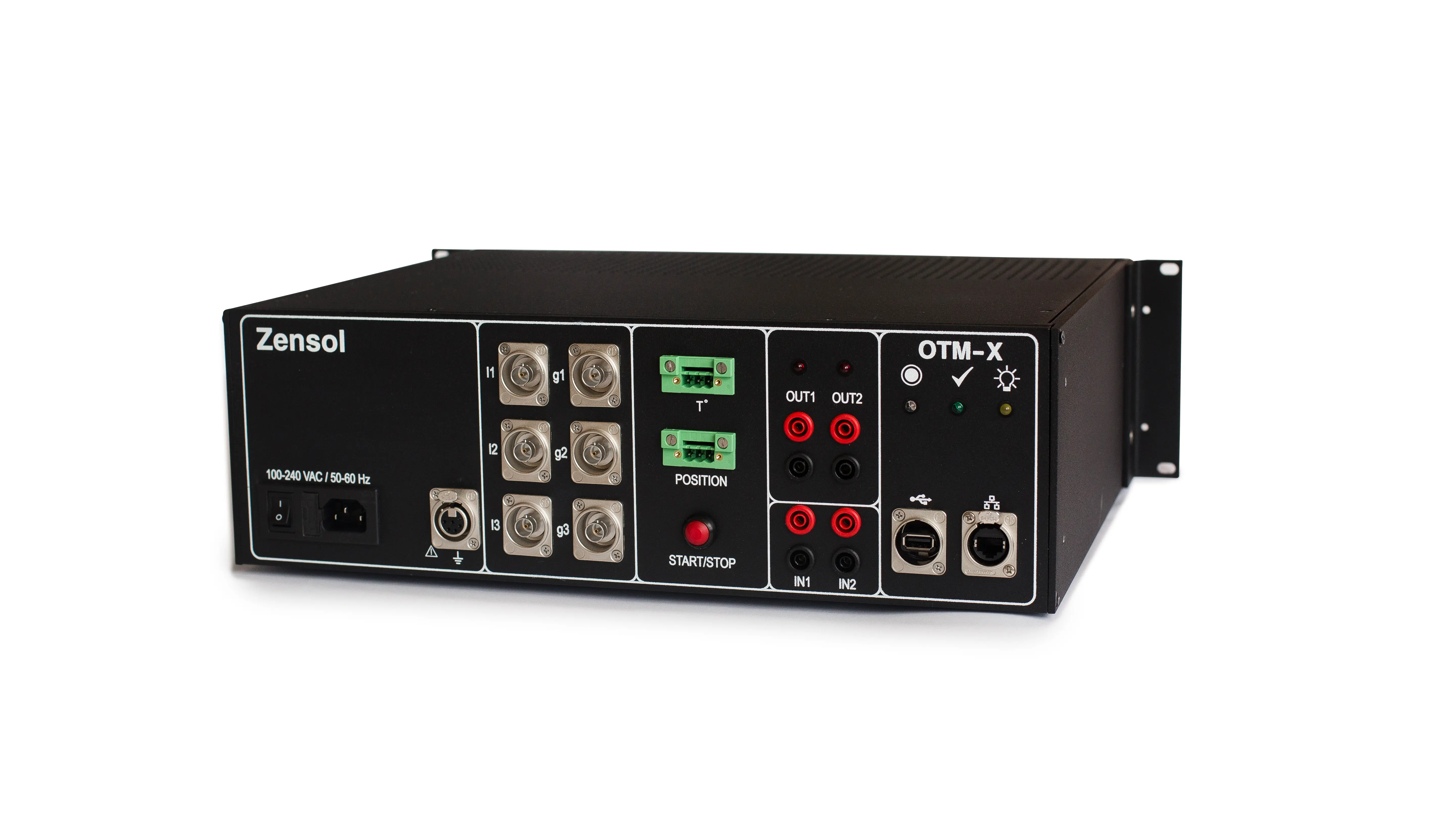What is Preventive Maintenance?
By R.W. Hurst, Editor
High Voltage Maintenance Training Online
Our customized live online or in‑person group training can be delivered to your staff at your location.

- Live Online
- 12 hours Instructor-led
- Group Training Available
Download Our NFPA 70E Fact Sheet – 2024 Electrical Safety Edition

- Understand how NFPA 70E works with NEC and NFPA 70B standards
- Clarify the shared responsibility between employers and employees
- Learn how NFPA 70E supports OSHA compliance
What Is Preventive Maintenance? A proactive approach for electrical systems using inspections, testing, lubrication, and calibration to reduce downtime, improve reliability, extend asset life, and meet NFPA 70B/IEC standards with CMMS-driven schedules and condition monitoring.
What Is Preventive Maintenance?
Planned electrical upkeep using inspections and testing to prevent failures, maximize uptime, and ensure code compliance.
✅ Schedules PM for switchgear, transformers, relays, and cables
✅ Uses infrared scans, insulation tests, and thermography
✅ Aligns with NFPA 70B, IEC 60364, and IEEE 3007 guidance
Preventive maintenance is a crucial aspect of equipment management that offers numerous benefits, including improved reliability, reduced downtime, and better asset management. By implementing a well-structured maintenance plan and leveraging available tools and software, organizations can optimize their operations and ensure the long-term success of their equipment maintenance programs. To build organizational capability, teams can leverage targeted preventive maintenance training that standardizes practices and improves consistency across sites.
In today's fast-paced world, keeping equipment running smoothly and efficiently is vital for organizations across various industries. One of the most effective ways to achieve this goal is through preventive maintenance, a practice that ensures equipment's proper functioning and longevity. This article will dive into preventive care, its benefits, and the essential components of an effective maintenance program. In manufacturing, utilities, and facilities management, comprehensive industrial electrical maintenance programs help align day-to-day tasks with long-term reliability goals.
Preventive maintenance is a systematic approach to maintaining equipment by performing routine tasks and inspections to prevent equipment breakdowns, increase reliability, and extend the operational life of assets. This proactive strategy focuses on maintaining equipment in optimal working condition to avoid unexpected failures and reduce downtime. Many organizations align their procedures with NFPA 70B 2023 to ensure maintenance activities meet recognized best practices and safety expectations.
Test Your Knowledge About Test Equipment!
Think you know Test Equipment? Take our quick, interactive quiz and test your knowledge in minutes.
- Instantly see your results and score
- Identify strengths and areas for improvement
- Challenge yourself on real-world electrical topics
One of the main benefits of adopting a preventive maintenance program is improved equipment reliability. Regularly scheduled maintenance tasks and inspections help identify potential issues before they escalate into costly failures. This, in turn, minimizes downtime, increases production efficiency, and reduces overall maintenance costs. Regular routes often include periodic electrical testing to validate equipment condition and detect degradation before it impacts operations.
Another key advantage is the role that preventive maintenance plays in asset management. By implementing a well-structured maintenance plan, organizations can better understand the current condition of their assets, predict equipment life cycles, and make more informed decisions regarding replacements and upgrades. Linking asset records with structured electrical troubleshooting procedures helps teams interpret failure modes and refine replacement strategies.
Creating a preventive maintenance plan requires a systematic approach, beginning with identifying all equipment and assets that need maintenance. Organizations should then develop a maintenance schedule based on the manufacturer's recommendations, historical data, and specific operational requirements. A comprehensive plan should also include procedures for routine inspections, equipment cleaning, component replacement or repair, and guidelines for documentation and record-keeping. Typical routines may specify checking insulation resistance on critical circuits to benchmark health and schedule timely interventions.
A common question when discussing preventive maintenance is the difference between this approach and predictive maintenance. While both strategies focus on preventing equipment failure, predictive maintenance uses advanced technologies and data analysis to predict when a component is likely to fail. This allows organizations to schedule maintenance only when necessary, thus optimizing resources and minimizing downtime. For rotating assets, periodic electric motor testing supports both preventive and predictive approaches by revealing trends in winding and bearing condition.
The essential components of a preventive maintenance program include a well-defined maintenance schedule, documentation and record-keeping systems, trained personnel, and appropriate tools and technologies. In addition, a successful program should be flexible and adaptable, allowing organizations to adjust based on feedback, performance metrics, and evolving needs.
Determining the frequency of preventive maintenance tasks depends on various factors, such as the type of equipment, its usage, environmental conditions, and manufacturer's recommendations. Maintenance should generally be performed regularly to ensure the equipment remains in optimal working condition.
Organizations can take advantage of various tools and software solutions available in the market to streamline the preventive maintenance process and improve efficiency. These technologies can help automate the scheduling of maintenance tasks, generate reports and analytics, track inventory and spare parts, and facilitate communication among team members.








